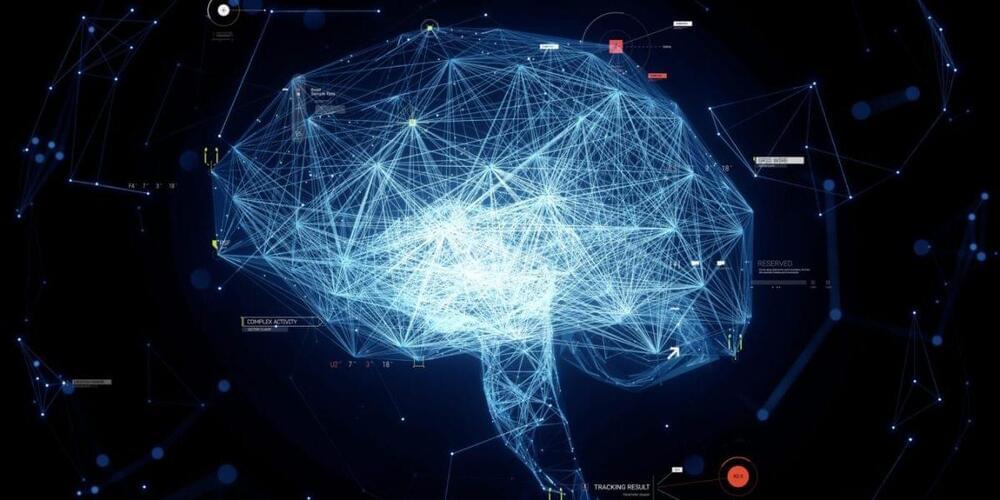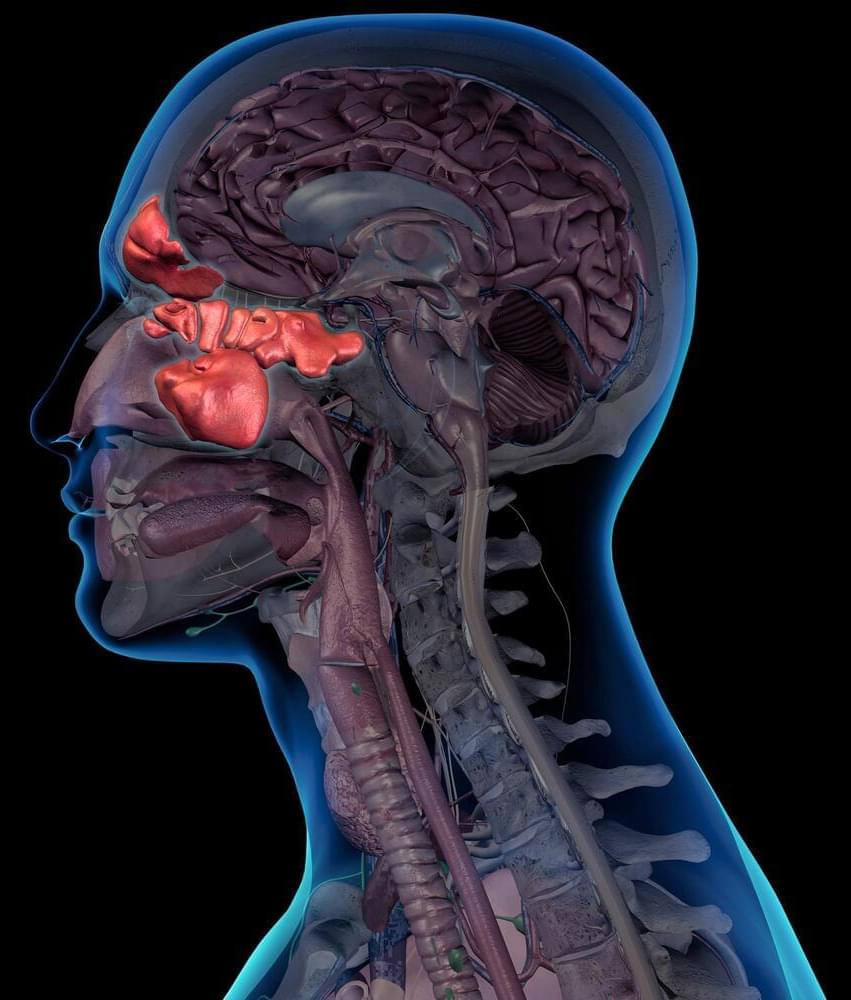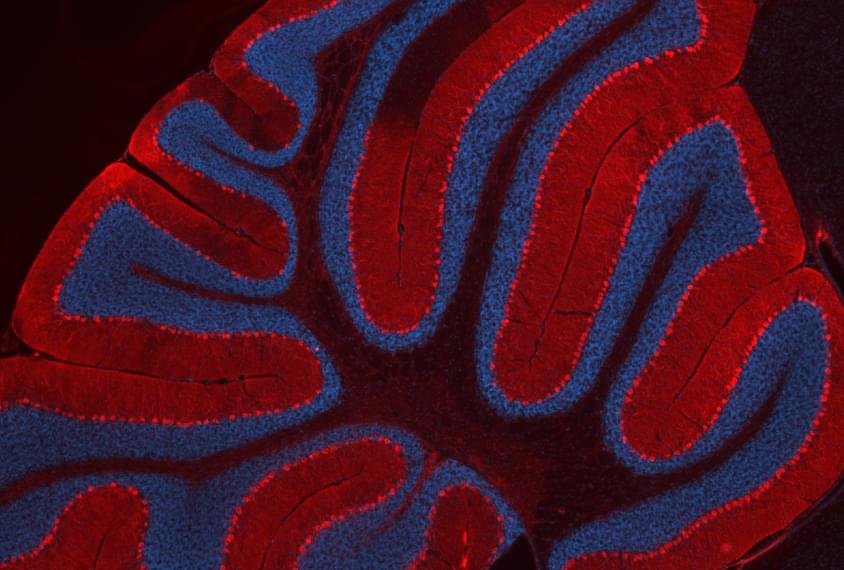It may not feel like it, but our eyes are constantly making rapid, tiny movements called saccades, taking in new information as we focus our gaze on various things in the world. As we do so, our brains receive the input – and depending on what the object of our gaze is, it turns out the brain activity triggered can be quite unique.
“While we typically do not perceive our own eye movements, the abrupt change in visual input with each saccade has substantial consequences at the neuronal level,” researchers explain in a new study led by first author and cognitive neuroscientist Tobias Staudigl from Ludwig Maximilian University of Munich in Germany.
In an experiment, Staudigl and fellow researchers worked with 13 epilepsy patients, who had electrodes implanted in their brains to monitor their condition. This kind of intervention can be helpful for brain scientists, so they often turn to such patients with electrodes already implanted, in case they’d be willing to volunteer their time.








